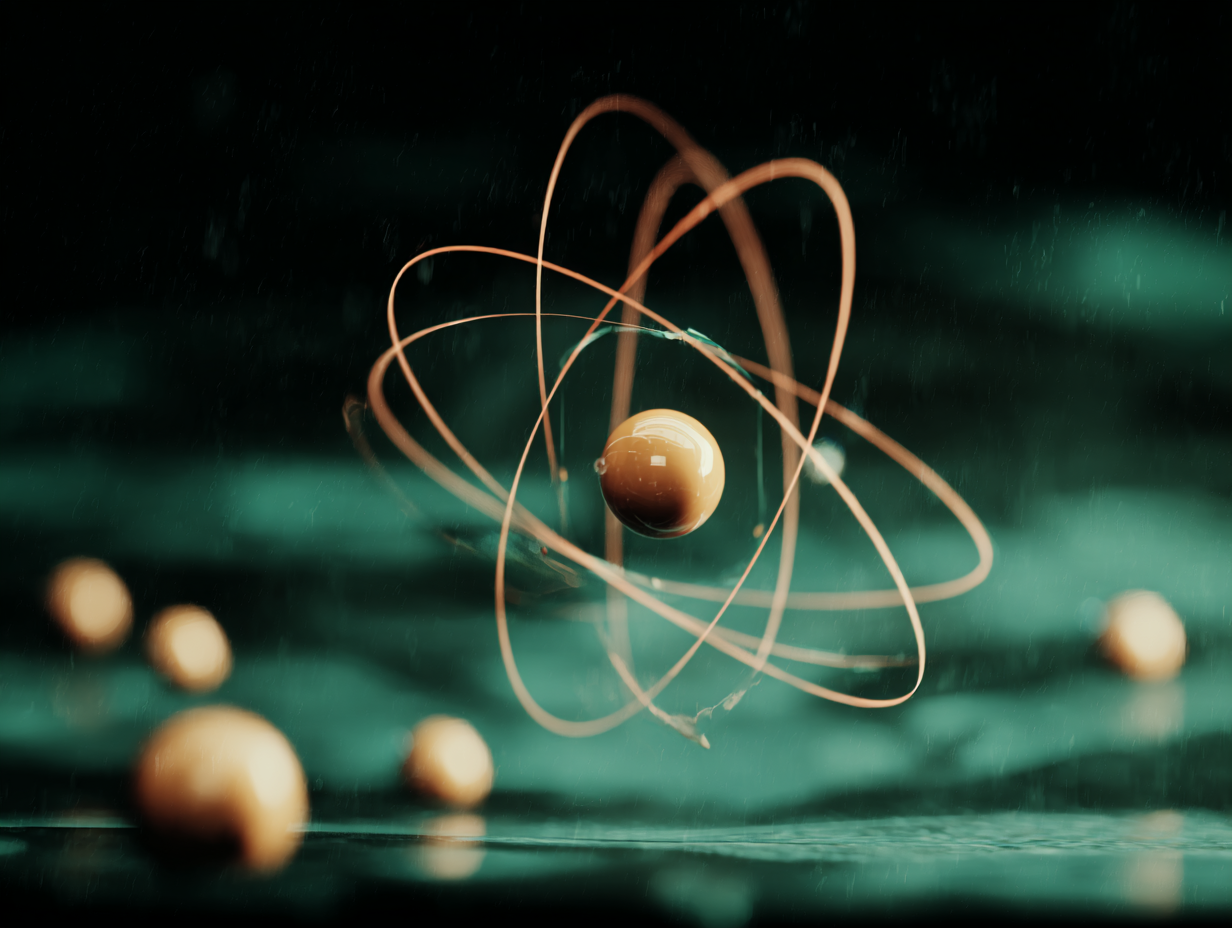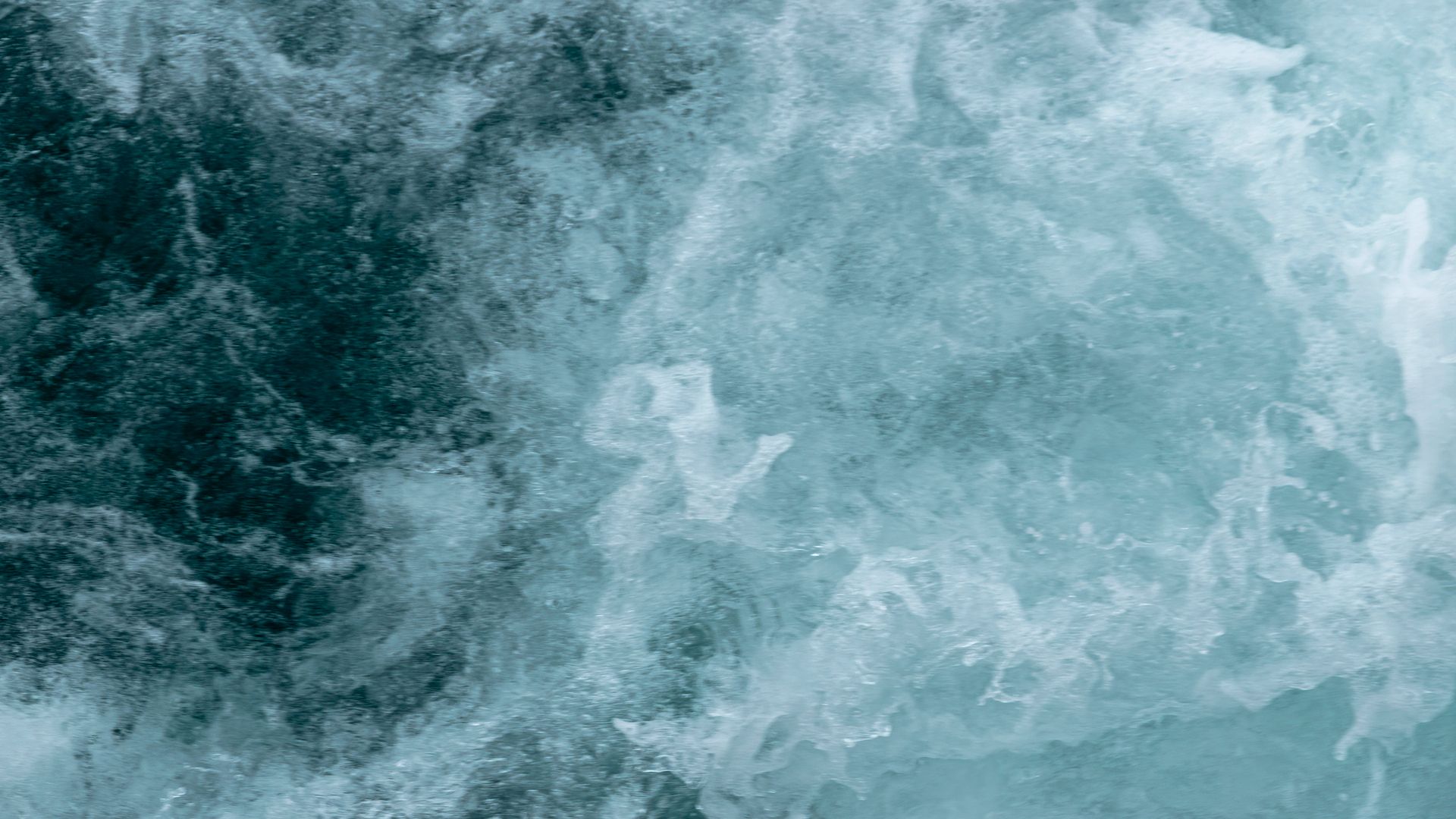It rains on the Sun, and scientists at the University of Hawaiʻi Institute for Astronomy (IfA) have finally uncovered the reason why.
Unlike the water that falls from clouds on Earth, solar rain takes place in the Sun’s corona, the outermost…

It rains on the Sun, and scientists at the University of Hawaiʻi Institute for Astronomy (IfA) have finally uncovered the reason why.
Unlike the water that falls from clouds on Earth, solar rain takes place in the Sun’s corona, the outermost…

It rains on the Sun, and scientists at the University of Hawaiʻi Institute for Astronomy (IfA) have finally uncovered the reason why.
Unlike the water that falls from clouds on Earth, solar rain takes place in the Sun’s corona, the outermost…

In a lab in Hangzhou, China, a small chip may have just passed one of the most difficult honesty tests in physics. The test wasn’t about lying in the human sense, but about…

Satellites recorded the largest ocean swells ever seen from space, highlighting how massive waves can act as storm “messengers,” carrying a storm’s power across entire oceans.
Observations from the Surface Water and Ocean Topography (SWOT)…
This request seems a bit unusual, so we need to confirm that you’re human. Please press and hold the button until it turns completely green. Thank you for your cooperation!

Scientists in Finland…
This request seems a bit unusual, so we need to confirm that you’re human. Please press and hold the button until it turns completely green. Thank you for your cooperation!

A groundbreaking study…

Alzheimer disease (AD) is a neurodegenerative condition involving an insidious decline of semantic and episodic memory alongside other functions []. Its current prevalence, of 55 million, will likely triple by 2050, with cases…
This request seems a bit unusual, so we need to confirm that you’re human. Please press and hold the button until it turns completely green. Thank you for your cooperation!